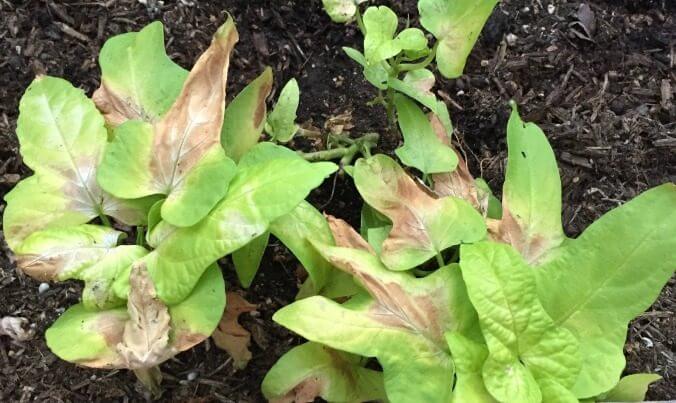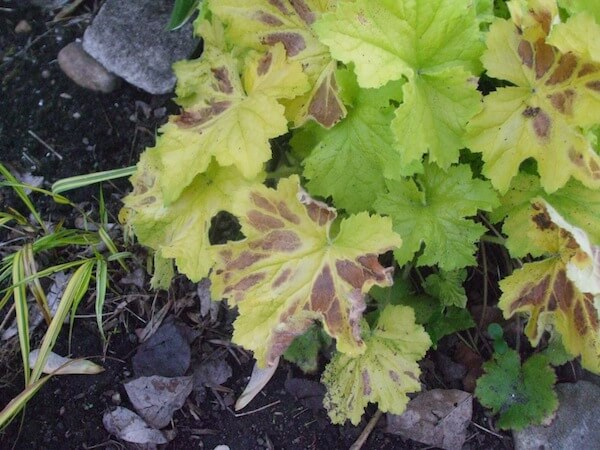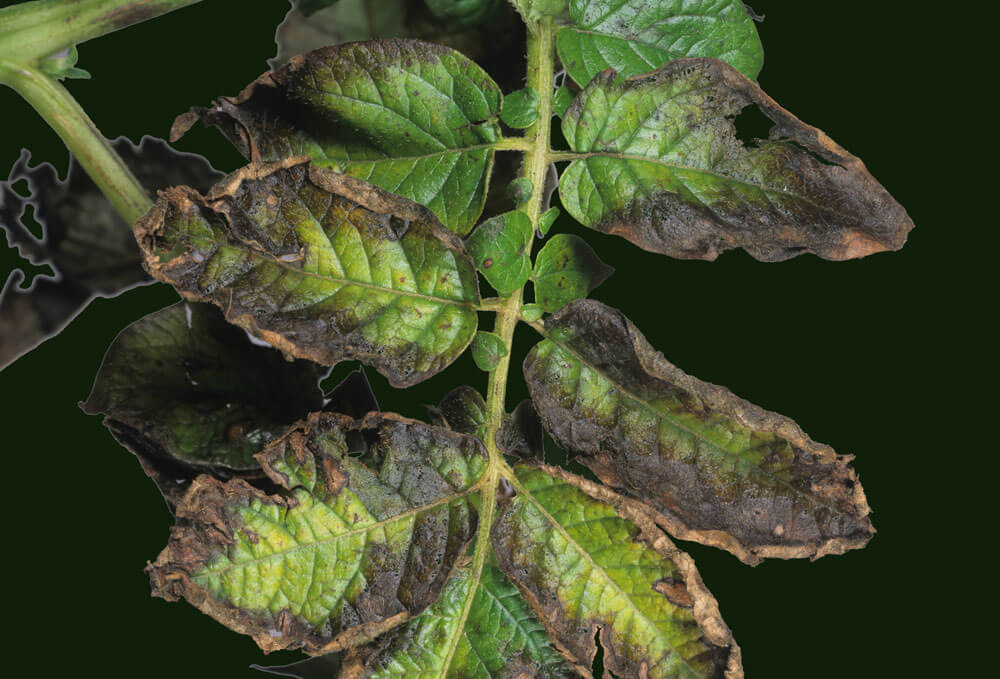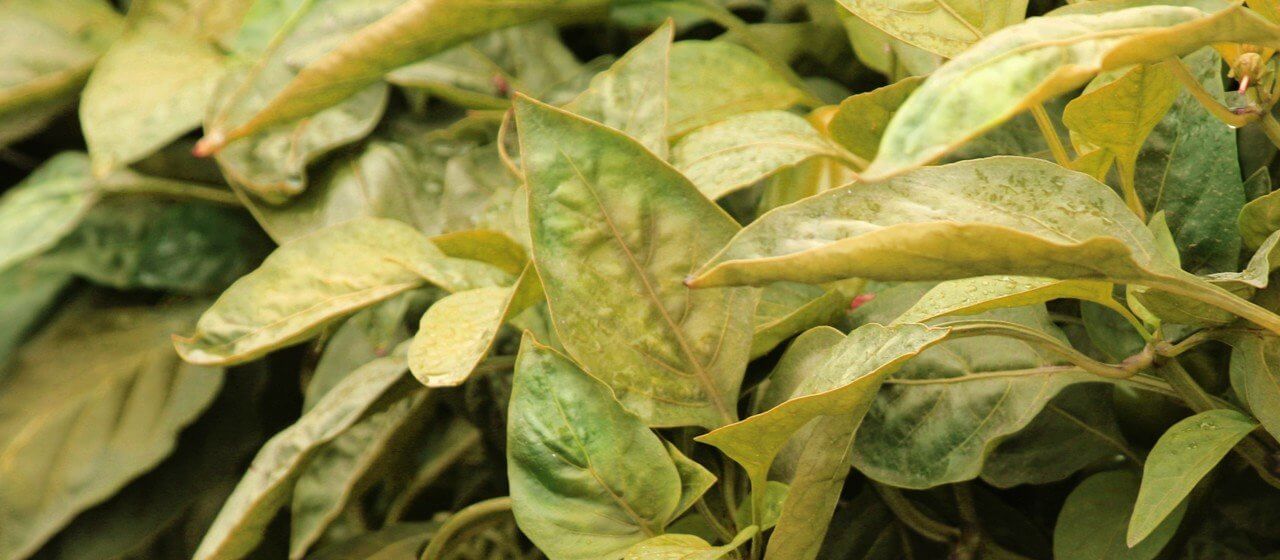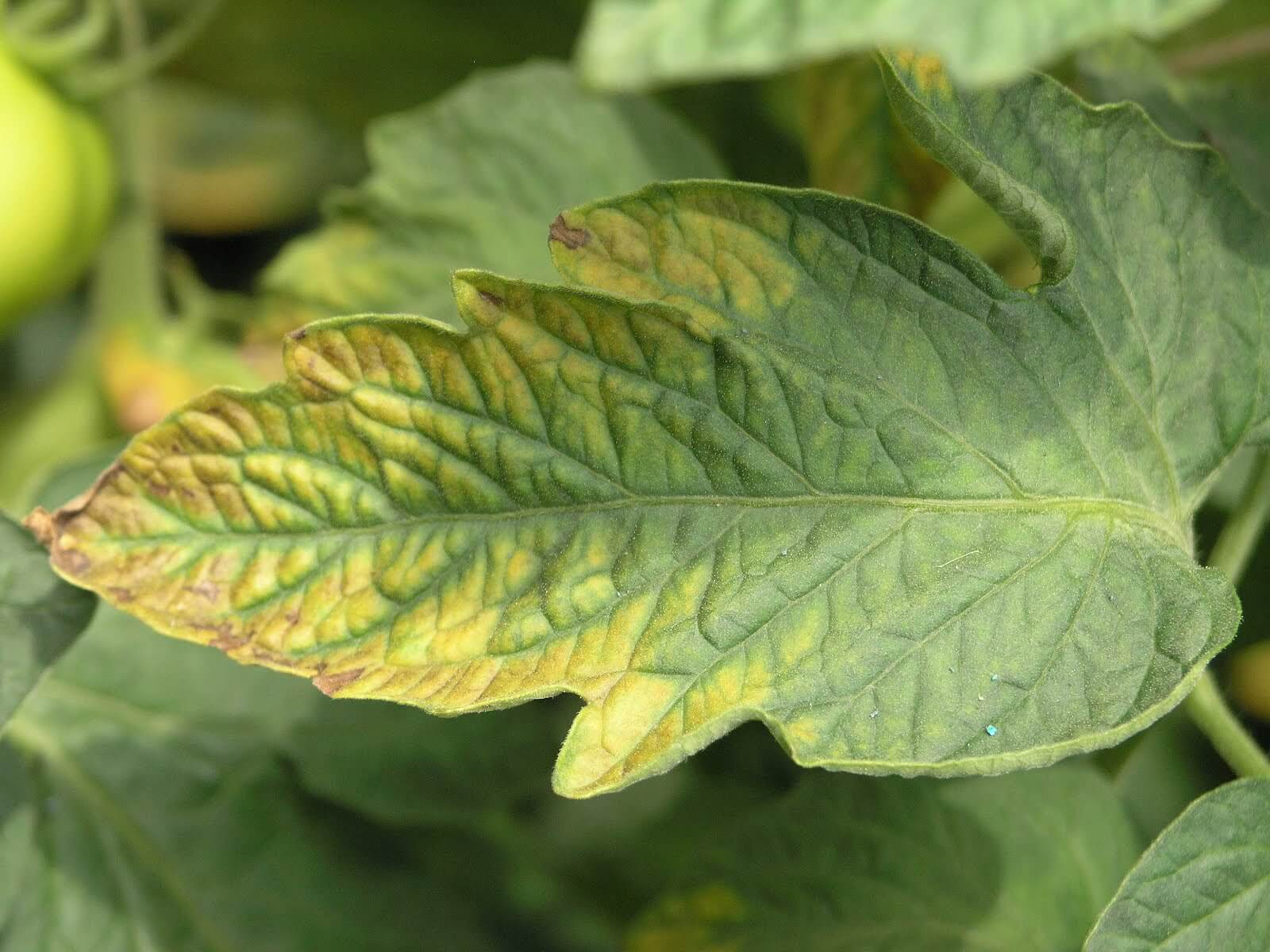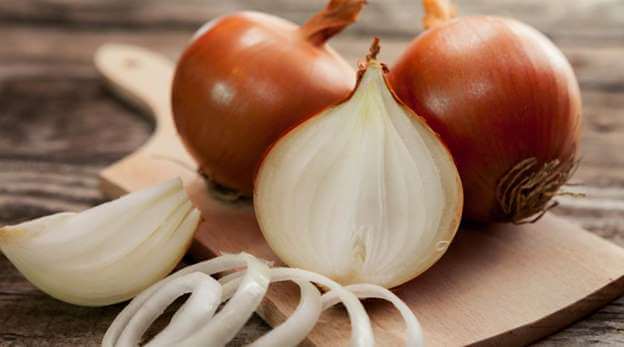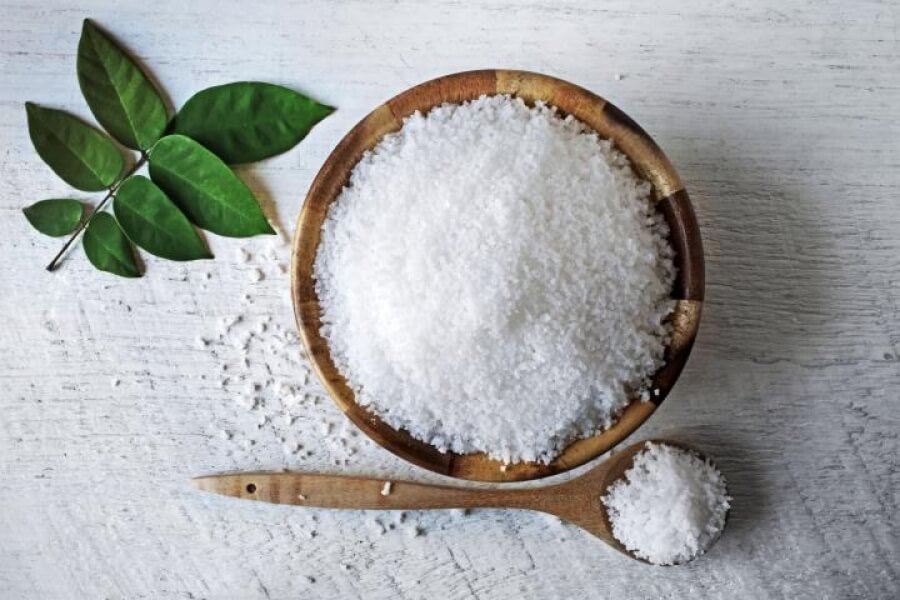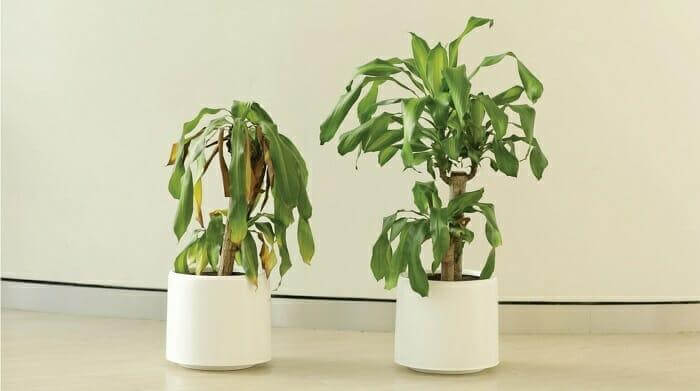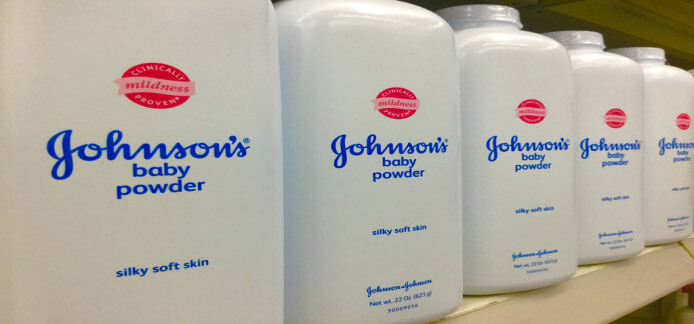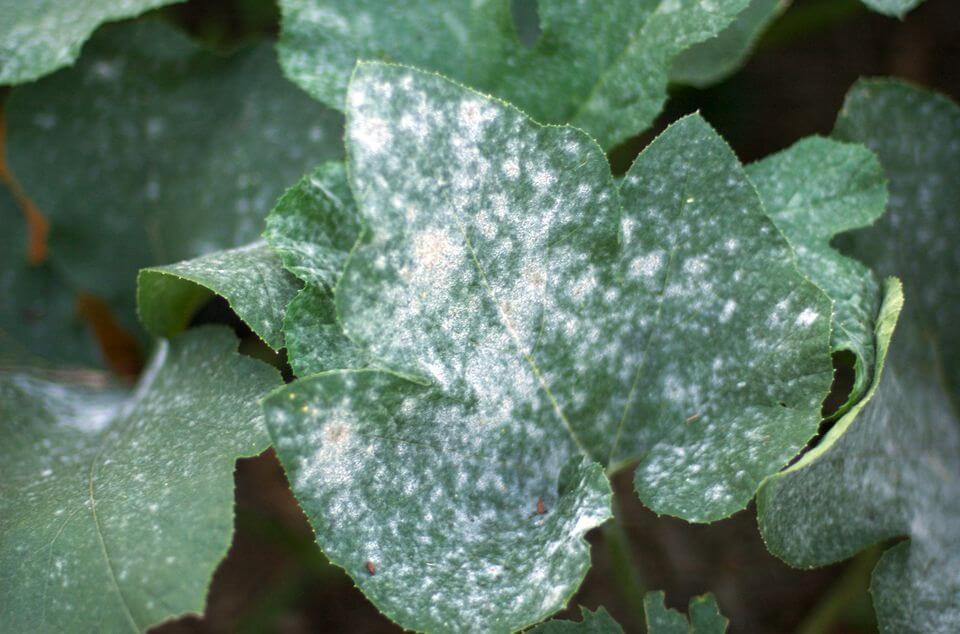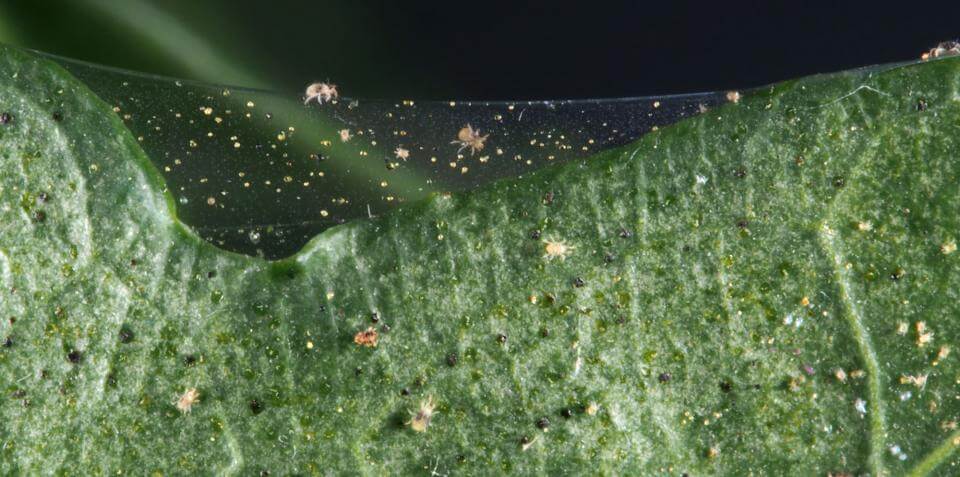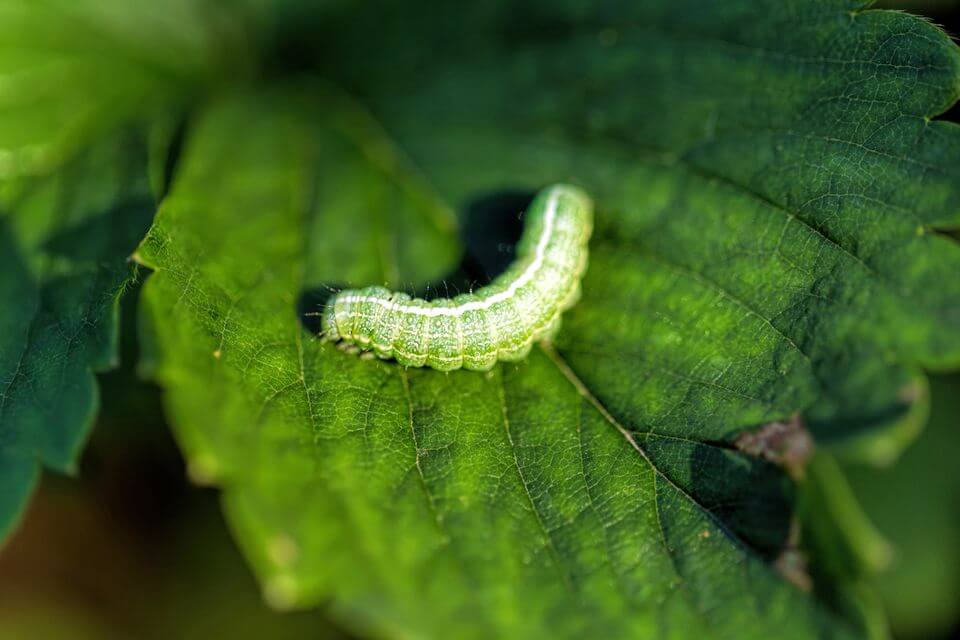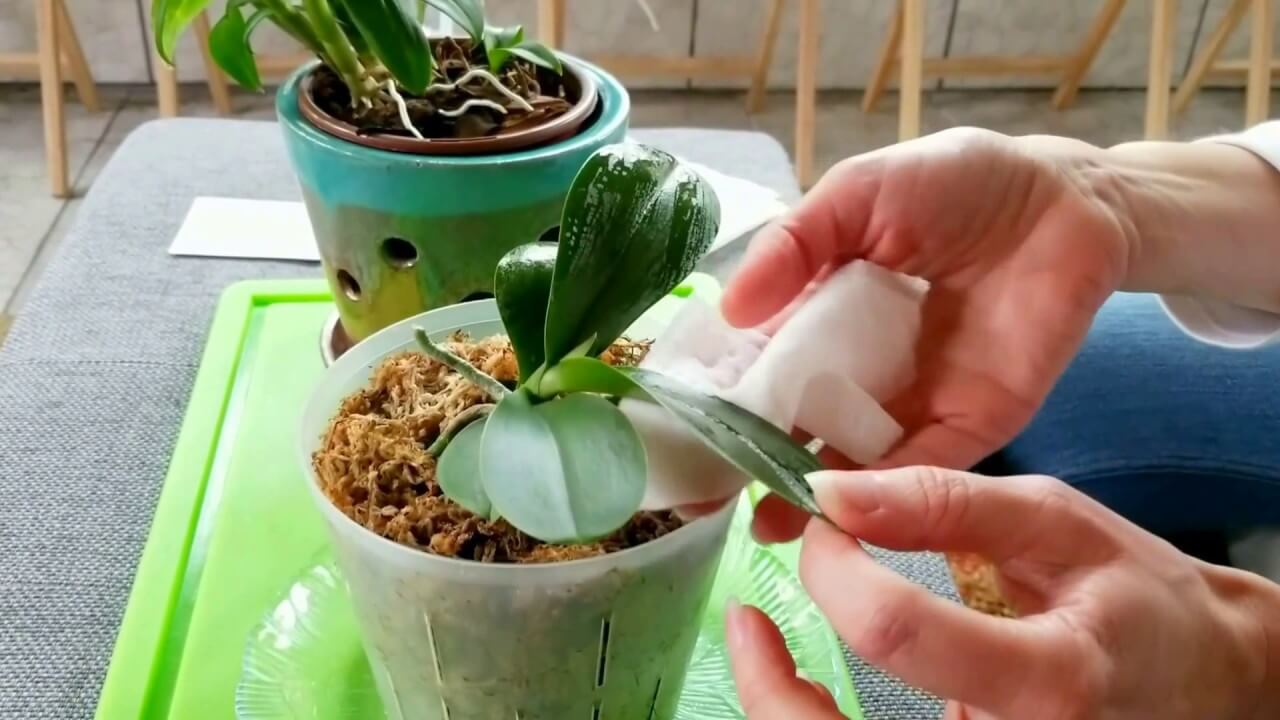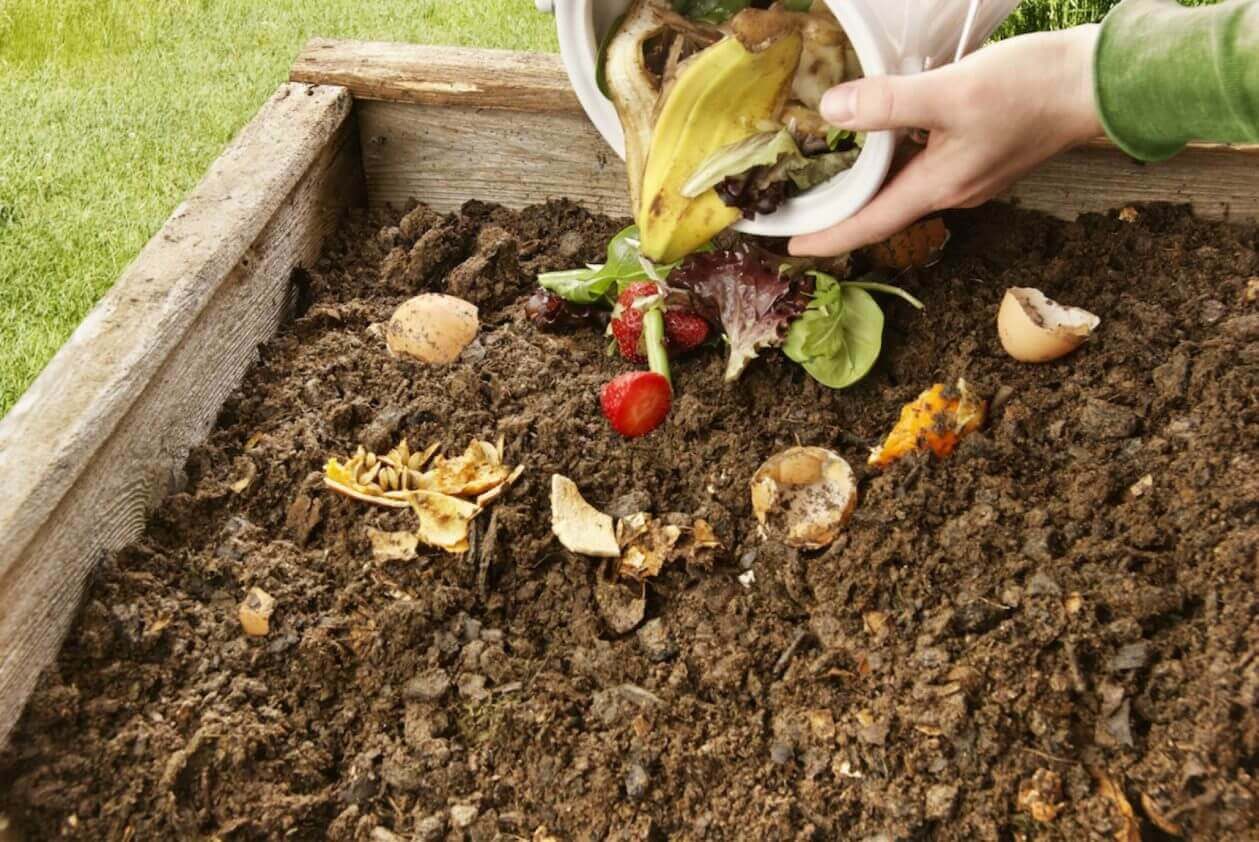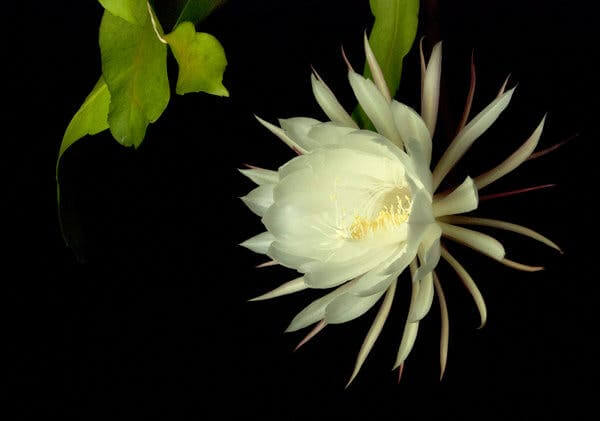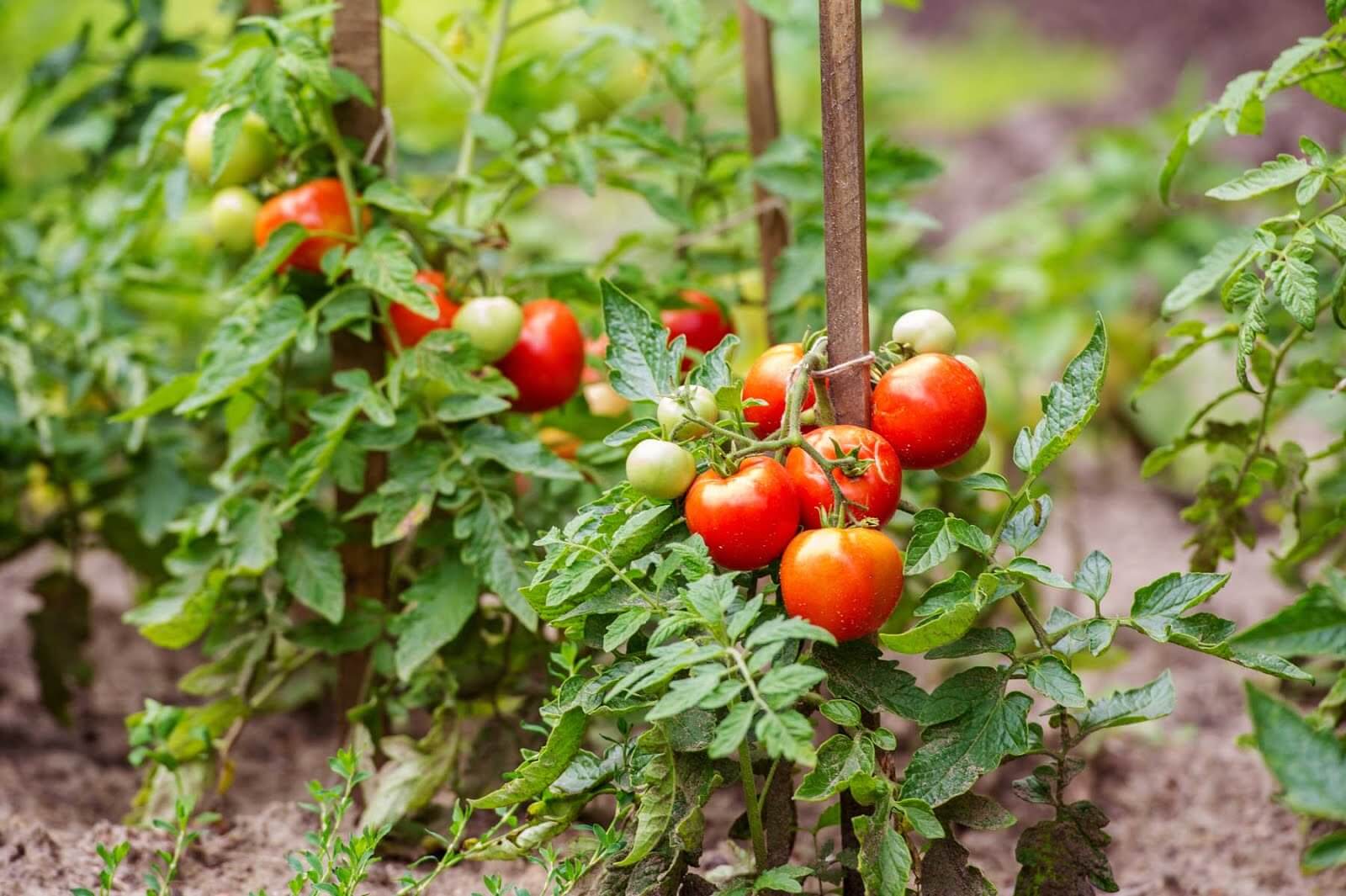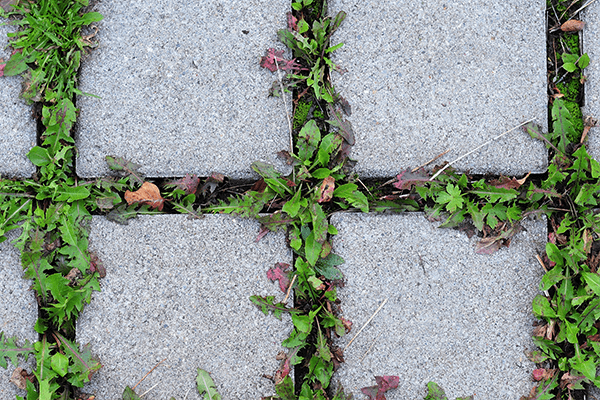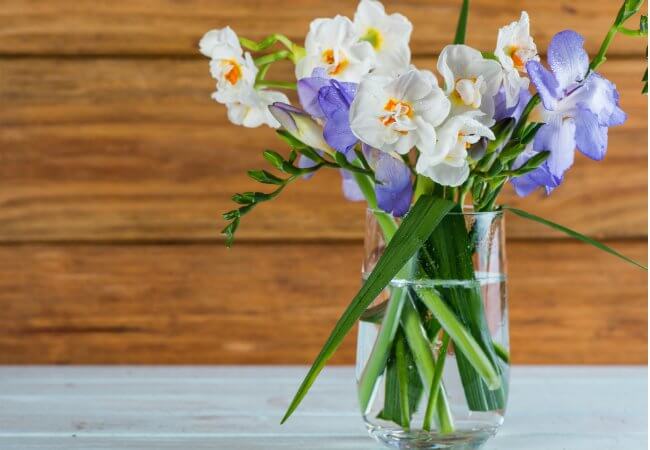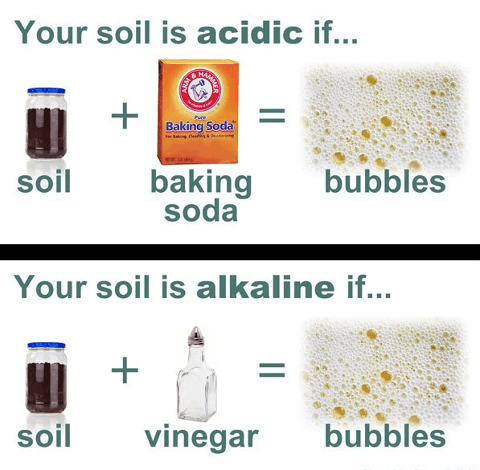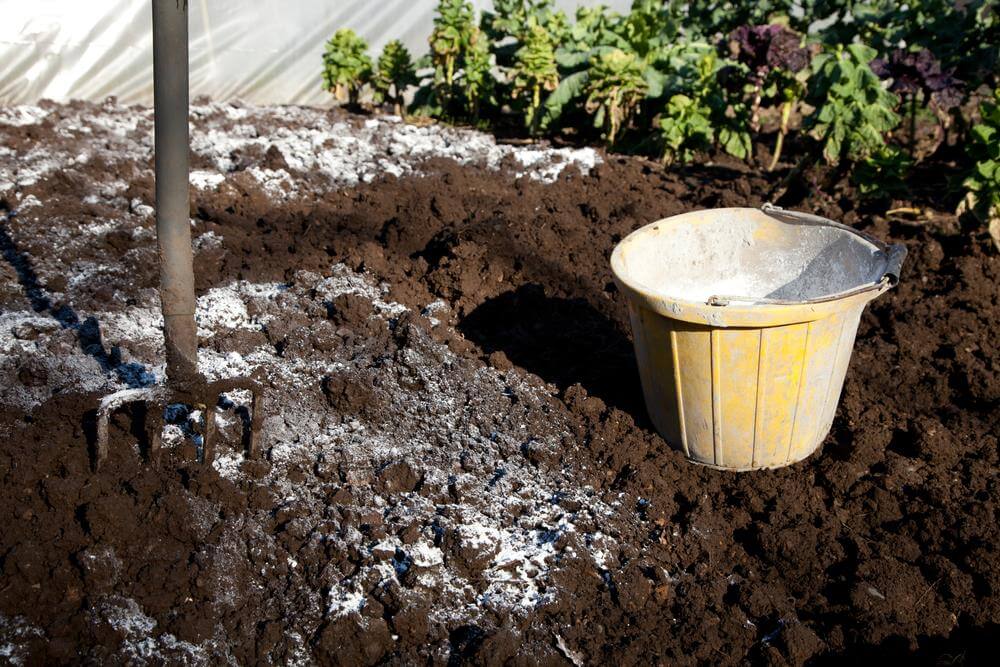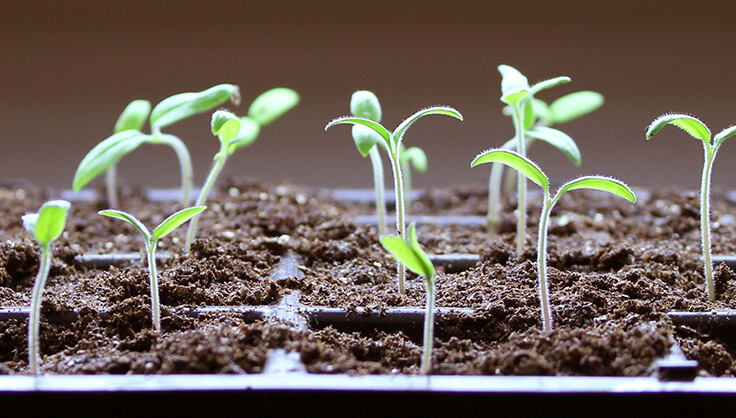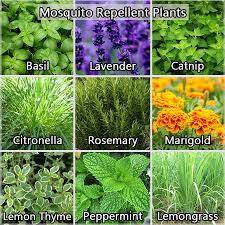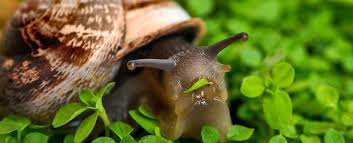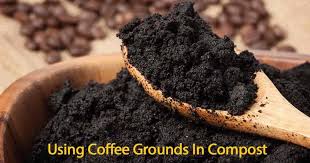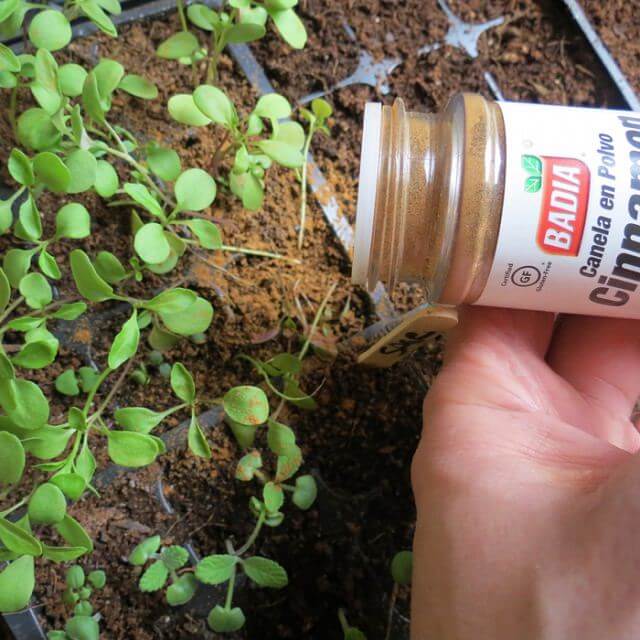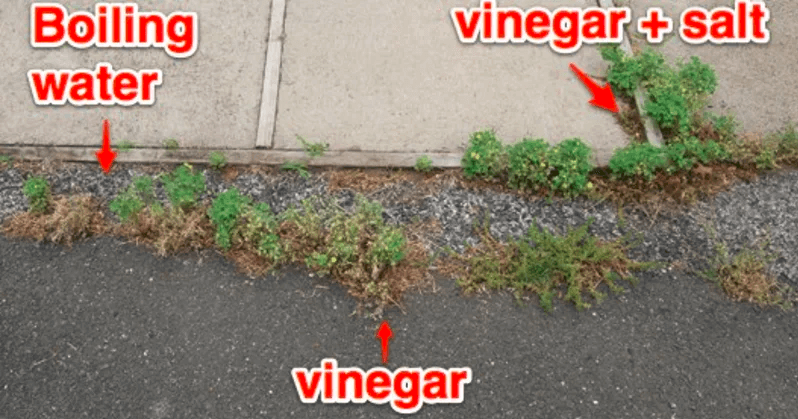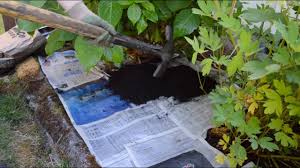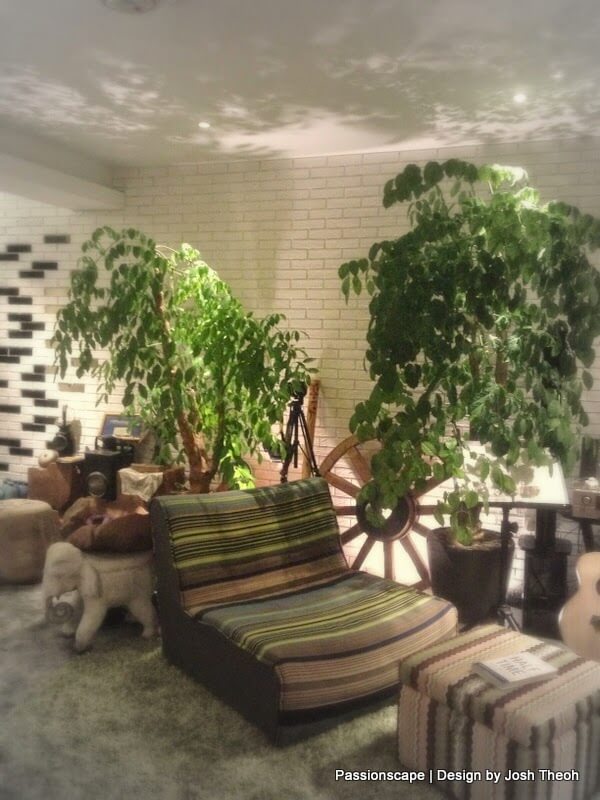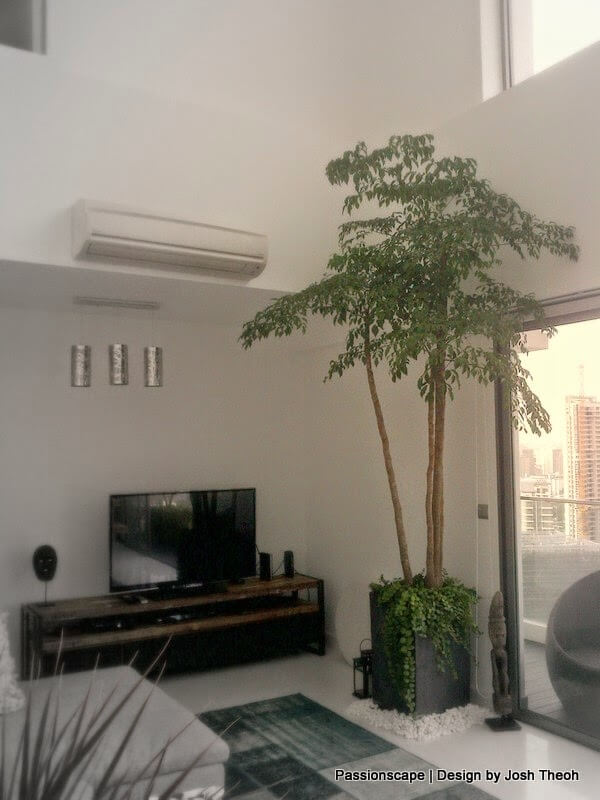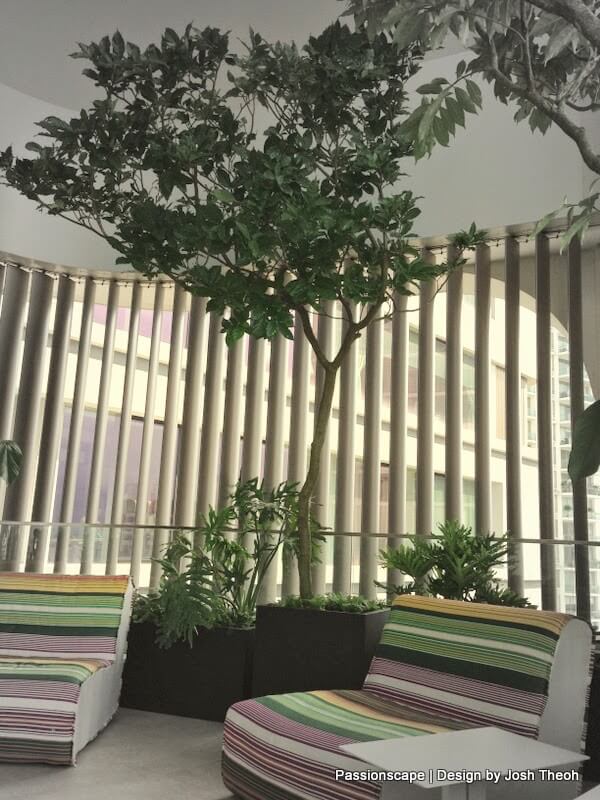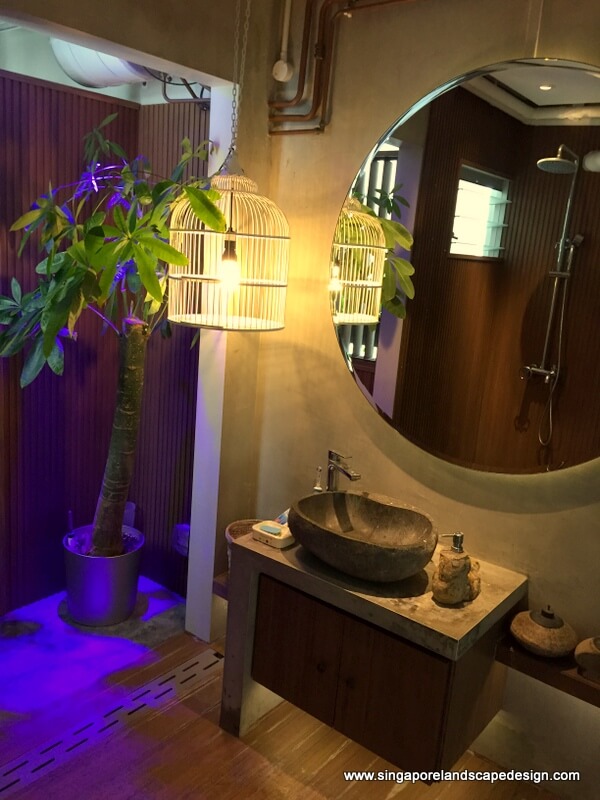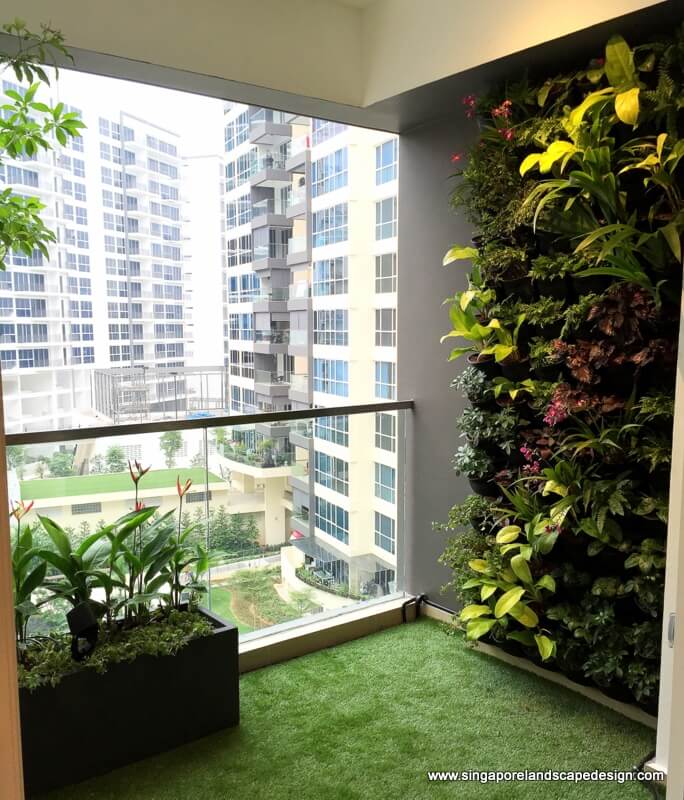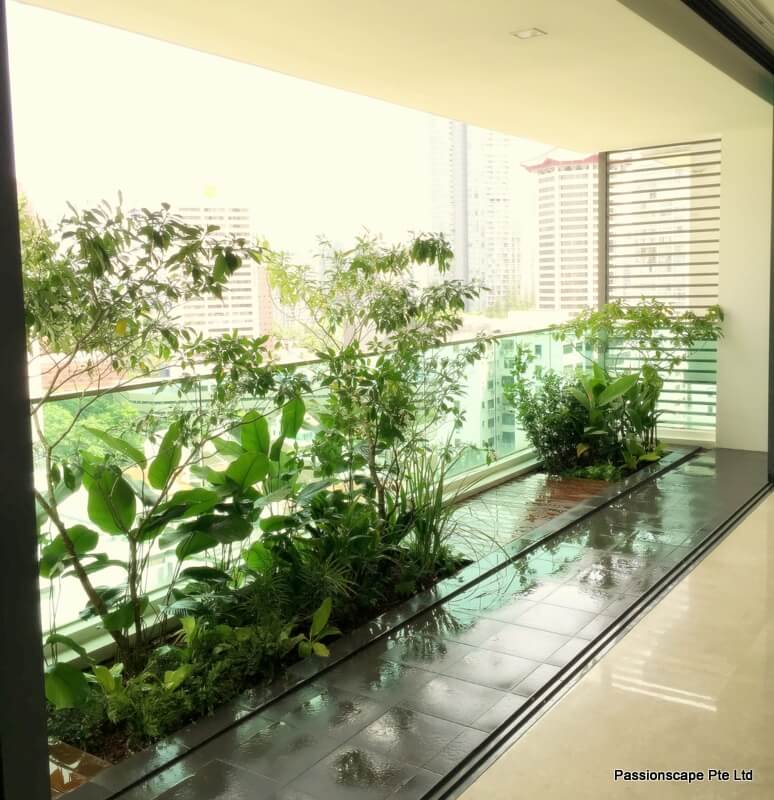1. Too much sun?
Plants exposed to the sun need calcium.
Take leftover milk and dilute in water and feed it to the plants.
2. Plants not flowering?
Red leaves indicate Phosphorus deficiency.
Cut up banana peels which are rich in Phosphorus and feed it into the soil
3. Plants not growing?
Dry tea leaves contain nitrogen. Cut a packet of tea bag and feed it into the soil
4. Pest and diseases?
Potatoes are rich in potassium. Boil the potatoes in water and water it onto the plants which helps strengthen plants against pest and diseases
5. Natural repellent for pest and bugs?
Old onions grind it, mix with water and sieve it. Use water and spray to the plants.
6. Healthier and greener plants?
1 table spoon of Epsom salt which is rich in magnesium sulfate water once a month.
Baking Soda (Hydrogen Peroxide) uses on your plants and garden
1. Kill harmful pests and insects in garden like the powdery mildew, aphids, spider mites, slugs and snails and fungus attacks.
1 Liter of water 1 teaspoon of baking soda + 1 teaspoon vegetable oil or olive oil + 1 teaspoon of liquid soap or detergent. Apply it once a week and spray on the pest directly.
3. Cleaning leaves
Cleaning plant foliage to remove dust and dirt encourages photosynthesis and health of the plants. 1/2 teaspoon of baking soda in 1 liter of water and use a soft cloth to wipe the leaves
4. Cleaning agent
Use 1 -2 teaspoon baking soda + 1-2 teaspoon of liquid soap and 1 liter of water to clean the garden furniture
10. To test the soil PH without any gadget
Baking soda and vinegar(acetic acid) to perform PH test on your garden soil
collect 2 samples of the garden soil in small containers from different areas. Use 1/2 cup vinegar and 1/2 cup baking soda.
The Test
Acidic <<7 alkaline=”” neutral=”7″>7, Neutral = 7, Alkaline >7
When soil is mix with vinegar and it bubble (Fizz), it means PH is Alkaline >7
When soil is mix with baking soda and it bubble (Fizz), it means PH is Acidic <7 font=””>
11. Hydrogen peroxide can save your plants from root rot, many fungal diseases and sprout seeds
Hydrogen peroxide can be so useful for your plants, it can save your plants from root rot and many fungal diseases. It also helps to sprout seeds for new plantings. Use a 3% hydrogen peroxide solution once a day and spritz the seed every time you re-moisten. You can also use a mixture of 1 part hydrogen peroxide to 32 parts water to improve your plants’ root system.
12. Use herbs to deter mosquitoes
Make this mosquito control pot by grouping these plants together to prevent mosquitos and flies.
13. Use eggshell to prevent pests
Another way to protect your plants against pests is using egg shells. Coarsely crumbled, egg shells form an effective barrier against soft-bodied garden pests like snails and slugs that eat your plants. They do not risk through this sharp and uncomfortably jagged shells. To do this, encircle roughly crushed layer of eggshells around the plants that are sensitive to such pests.
14. Use coffee grounds to keep pests away
Use used coffee grounds to keep pests like ants, snails, and slugs away.
15. Cinnamon powder on seedlings to prevent diseases
Cinnamon has some anti-fungal qualities, and it smells great as a bonus. Use it to prevent and stop diseases on seedlings.
16. Kill weeds using boiling water, vinegar and vinegar + salt
If you want to get rid of those pesky plants in your garden that pop up again & again.
17. Prevention of weeds
If weeds are surfacing in your garden do this: Before you put a layer of mulch on your planting beds, cover the garden bed with newspapers and then drop a layer of mulch to smother the weeds.
Common plant killer: 1. Over watering
So really how much water do we need for the plant and what is the frequency of watering?
Indoor plants normally required 5-7days watering rate and some can stretch to 14days depending. Water once a week will be optimum. For the plant above, 1 litre of water a week. Do remember not to be over zealous in watering 🙂
Common plant killer: 2. Pest
Common pest for indoor plants are these fluffy white bug, Mealy Bugs
Just simply wipe them off manually or sponge off with soapy water.
Common pest for indoor plants is Scale Insects found on the stems/ branches normally.
Just simply scrape off with a sharp tool. Sponge off with soapy water or cut off affected area.
Fertilization and fungicide: 1- 2 times a month together with watering
Fertilization and fungicide application directed to the roots. You can do this together with watering and simply mix them in the Watering Can as part of watering regime. *See direction for use of fungicide at the back of the bottle.
Sustaining a tree indoor can be a real feat. Let’s stress them even more in a bathroom conditions with plant growth light. Had been 6 months and counting. Watch your watering and make sure you don’t over water them. Once a week watering will suffice. Applying high potassium, K, nutrients solution will help growth and health of plants in low light conditions.
Taking care of indoor vertical garden can be intimidating for some owners especially we had about 100 plants on this wall. For low light indoor conditions, I would suggest the watering rate to be 3 -7 days watering frequency. Misting on the plants leaves can be a daily or alternate day affair if you find it therapeutic which I enjoyed pretty much. This is a robust system for residential home use. Do contact me if you are keen to try. #thegreenresponse
Local native plants varieties are hardy and less susceptible to diseases because they are grown in our local climatic conditions. Go local! You will save yourselves from plants being suicidal!
Now you can be confident to take care of your plants. All the best! 🙂

